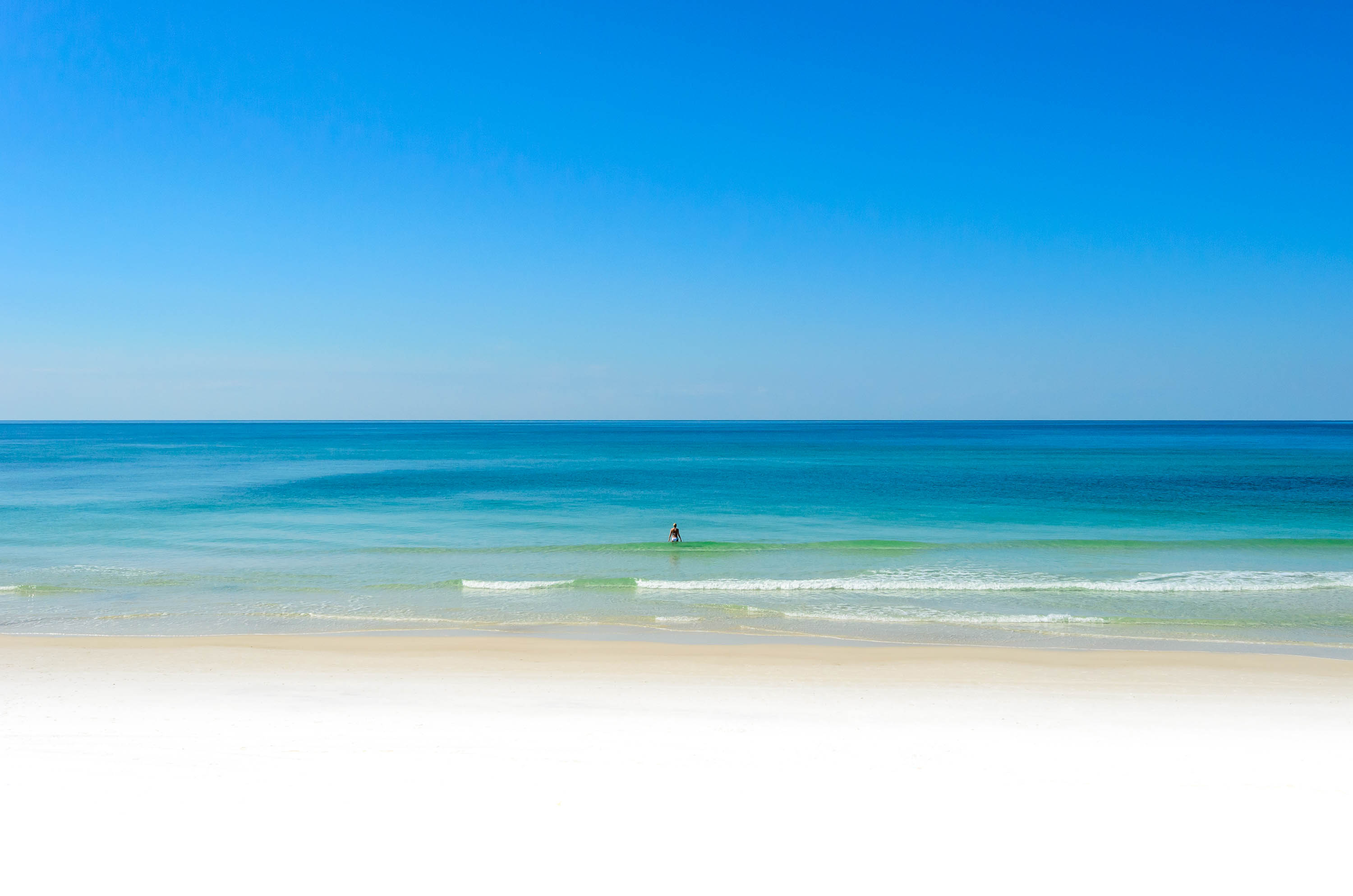Those of you who have walked the beach in the last week or so will surely have noticed all the Portuguese Man-Of-Wars that have washed up. I am talking THOUSANDS of Man-of-Wars, littering the beach along the water line and up at the high tide line. I have never seen anything like it before.
According to my "shell" book, Man-Of-Wars are not that common along our shores (although you will see some every year), but are very common on the lower Atlantic and the Florida Keys. The tentacles can reach down 60 feet on the largest specimens. Getting stung by a Man-Of-War is an extremely painful affair, which will leave raised welts. Some people can become very ill and even die if the sting is severe. The inflated sail allows it to be driven by the wind, but it cannot steer itself. My book says: "It is the triangular shape of this sail that reminded English sailors of the slanting sails of a Portuguese vessel and inspired the name."
Here are some photos from yesterday showing the Man-Of-Wars near the water and then up higher on the beach, all dried out:



Something else that I noticed for the first time ever (and I have been walking these beaches for 40-something years) were these small beautiful purple snails. They looked like Moonsnails (Shark Eyes or Cats Eyes) but were more delicate and purple. They had clear air-inflated bubbles coming out of the opening so they float on the water.
I looked in the trusted shell book and learned that they are called Purple Sea Snails. And guess what??? They use the "raft" of bubbles to float on the surface of the water where they feed on .... Portuguese Man-Of-Wars!! Wow! You learn something new every day! My shell book says that the shores of Key West have actually appeared purple at times because they were so littered with these shells. I am surprised I have never seen them before.
Here is a photo of one of the bigger ones in my hand (you can see its little bubble raft) and also a collection of the ones I found yesterday, after I boiled them and took the dead snails out.


According to my "shell" book, Man-Of-Wars are not that common along our shores (although you will see some every year), but are very common on the lower Atlantic and the Florida Keys. The tentacles can reach down 60 feet on the largest specimens. Getting stung by a Man-Of-War is an extremely painful affair, which will leave raised welts. Some people can become very ill and even die if the sting is severe. The inflated sail allows it to be driven by the wind, but it cannot steer itself. My book says: "It is the triangular shape of this sail that reminded English sailors of the slanting sails of a Portuguese vessel and inspired the name."
Here are some photos from yesterday showing the Man-Of-Wars near the water and then up higher on the beach, all dried out:



Something else that I noticed for the first time ever (and I have been walking these beaches for 40-something years) were these small beautiful purple snails. They looked like Moonsnails (Shark Eyes or Cats Eyes) but were more delicate and purple. They had clear air-inflated bubbles coming out of the opening so they float on the water.
I looked in the trusted shell book and learned that they are called Purple Sea Snails. And guess what??? They use the "raft" of bubbles to float on the surface of the water where they feed on .... Portuguese Man-Of-Wars!! Wow! You learn something new every day! My shell book says that the shores of Key West have actually appeared purple at times because they were so littered with these shells. I am surprised I have never seen them before.
Here is a photo of one of the bigger ones in my hand (you can see its little bubble raft) and also a collection of the ones I found yesterday, after I boiled them and took the dead snails out.




 This can be a problem if stung on your shoulder!
This can be a problem if stung on your shoulder!